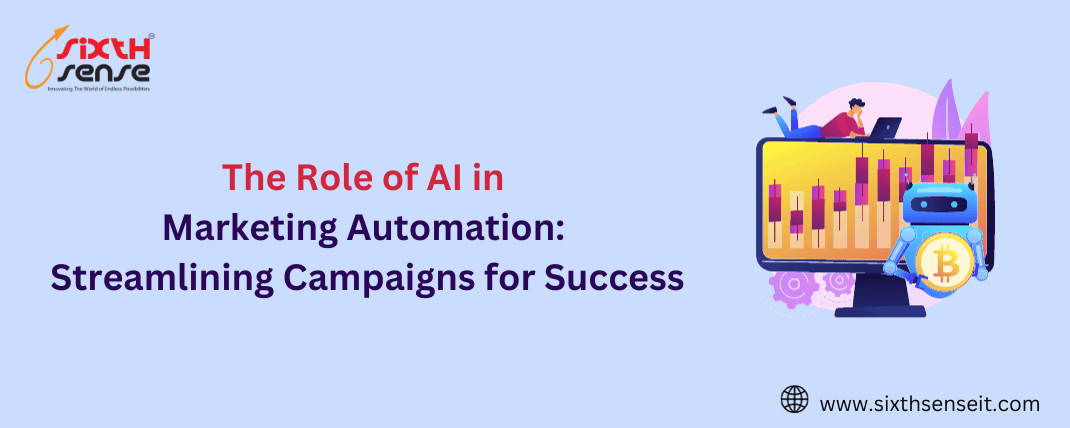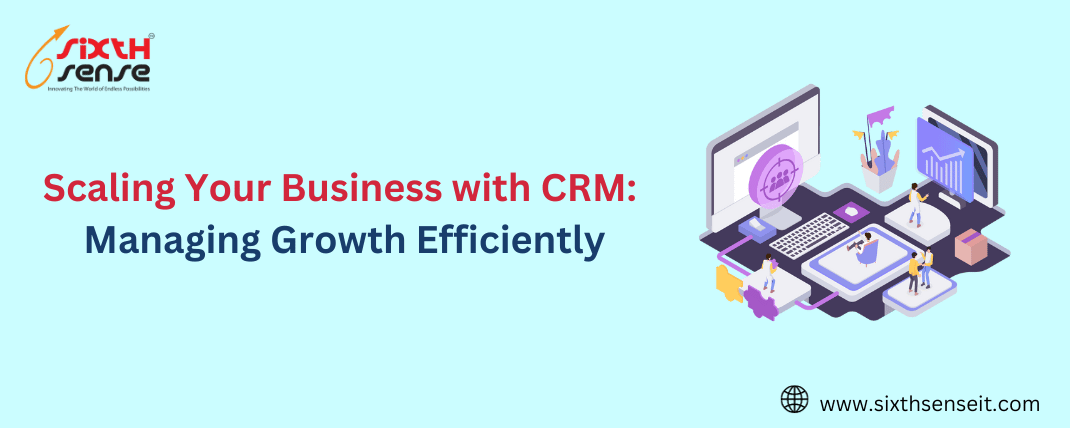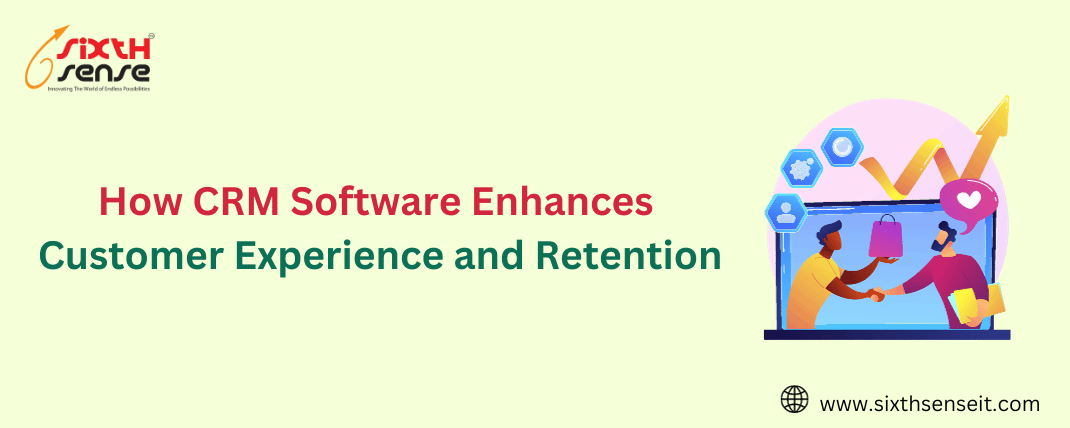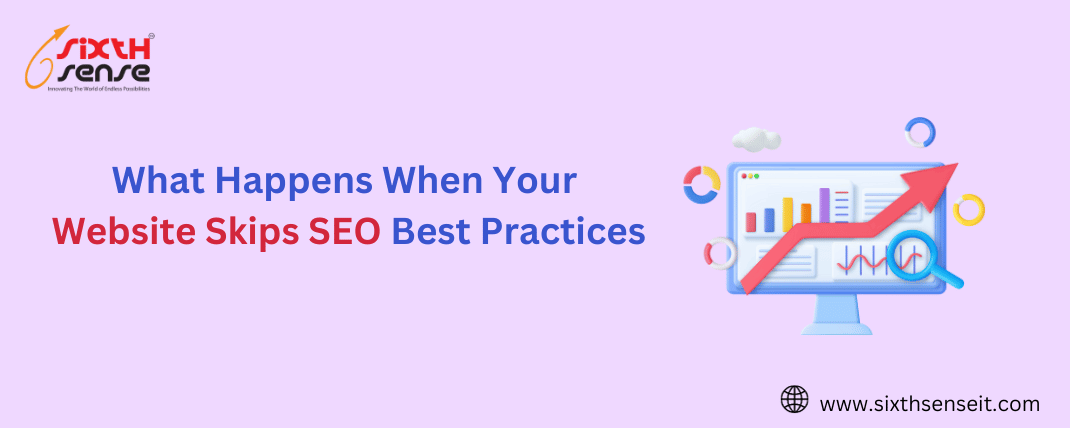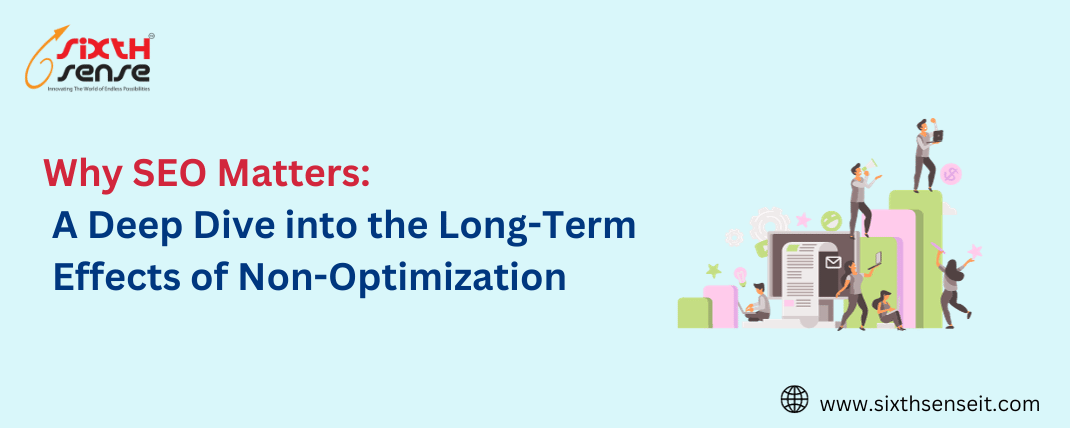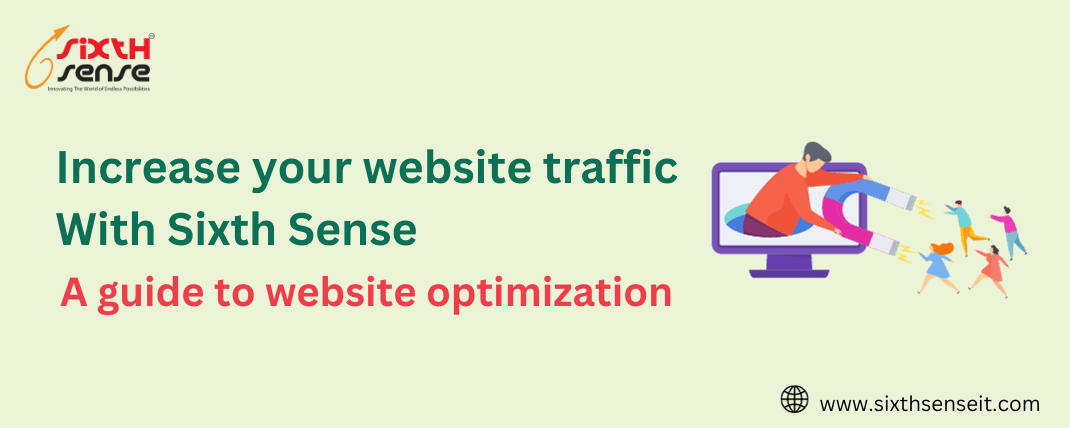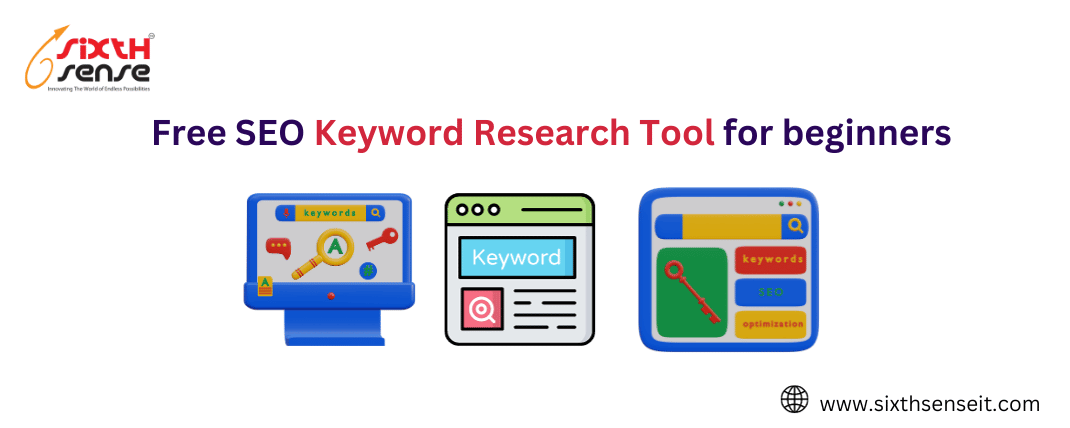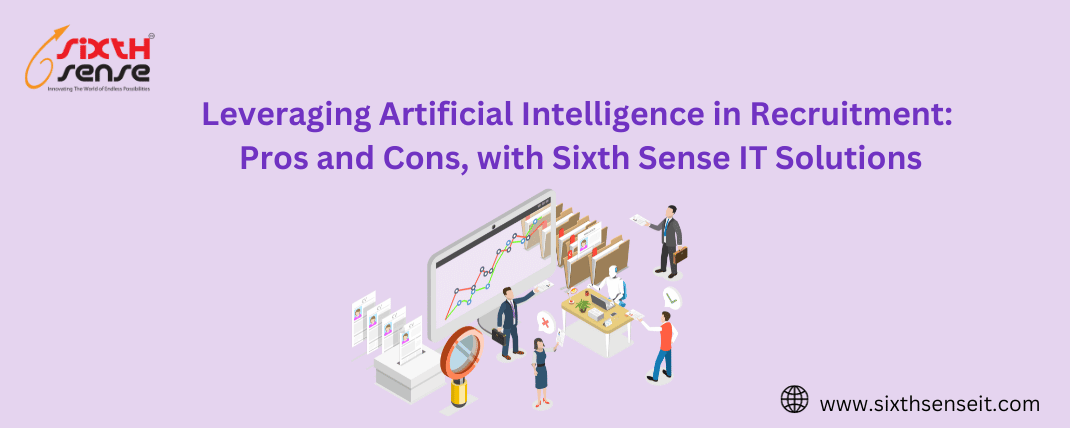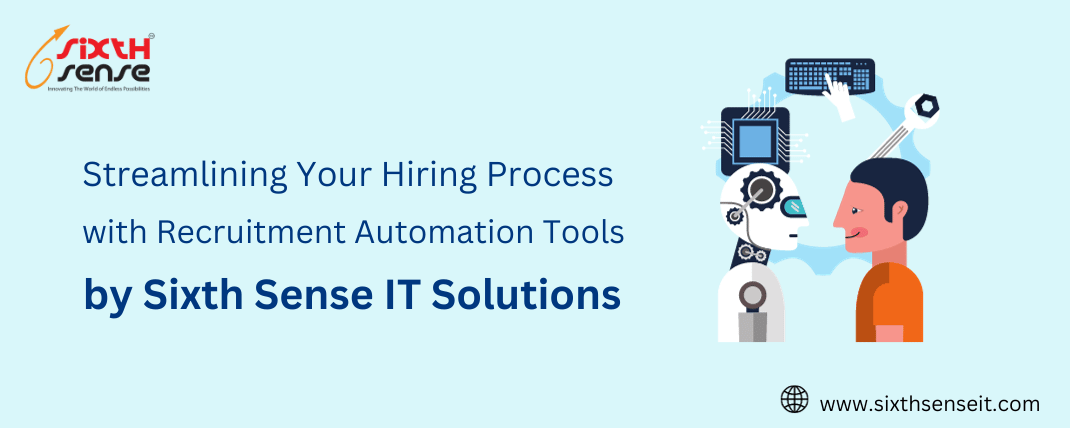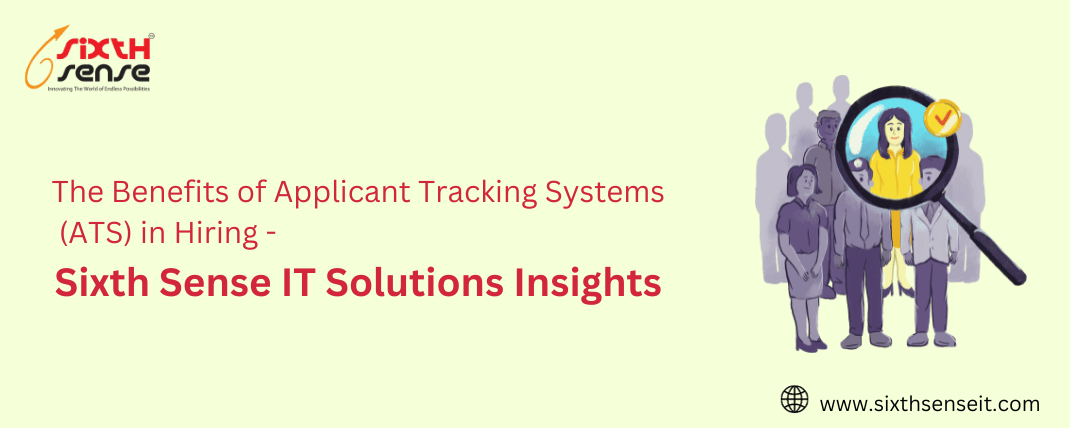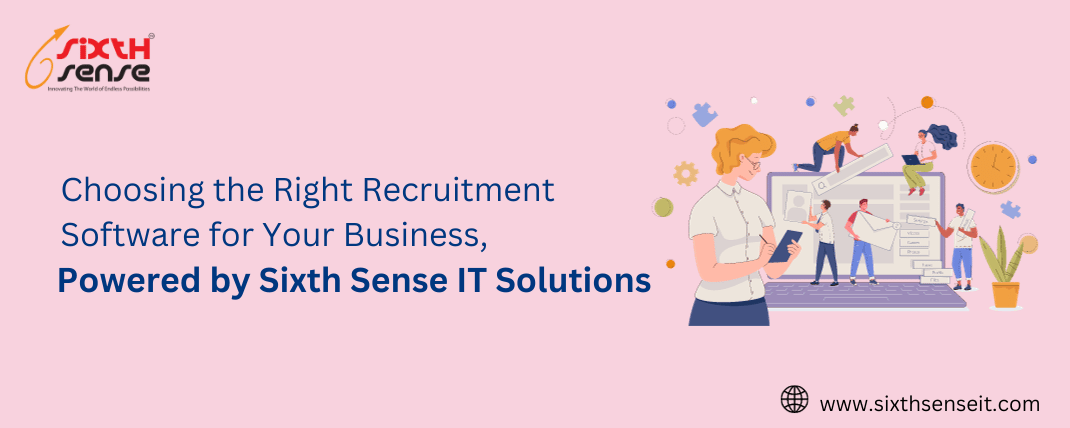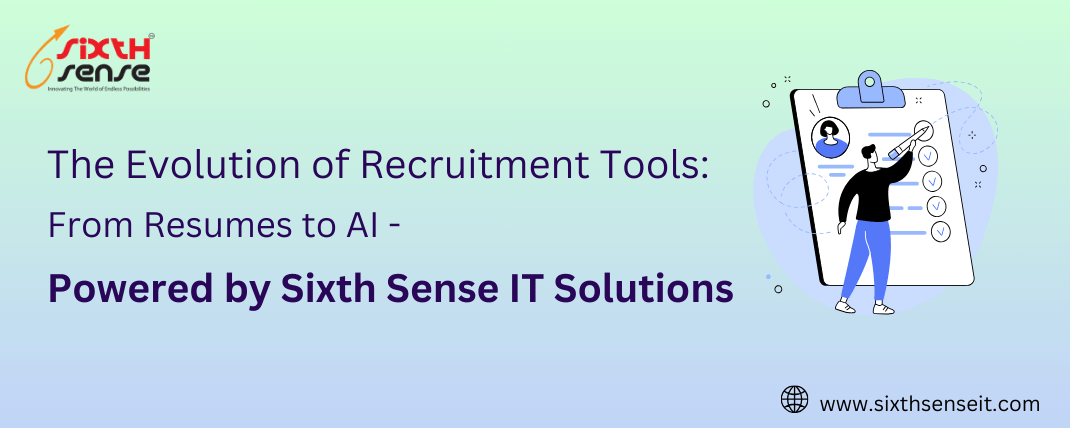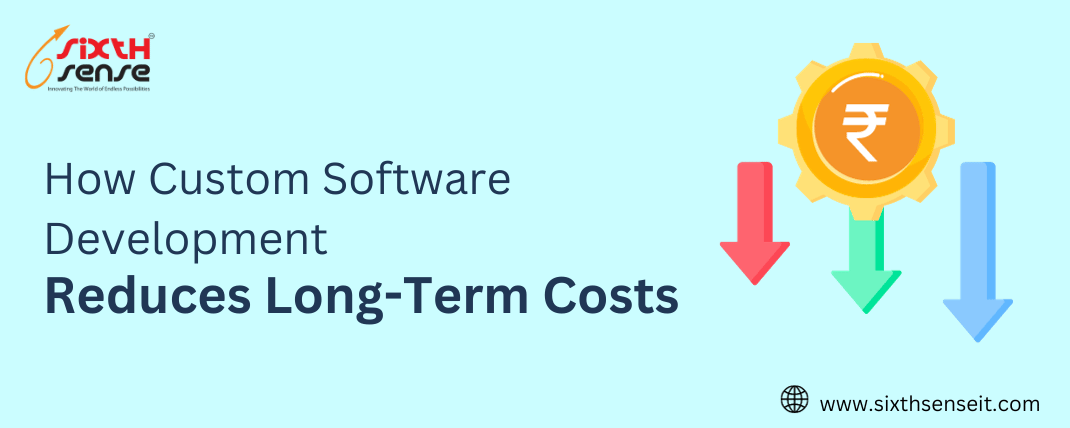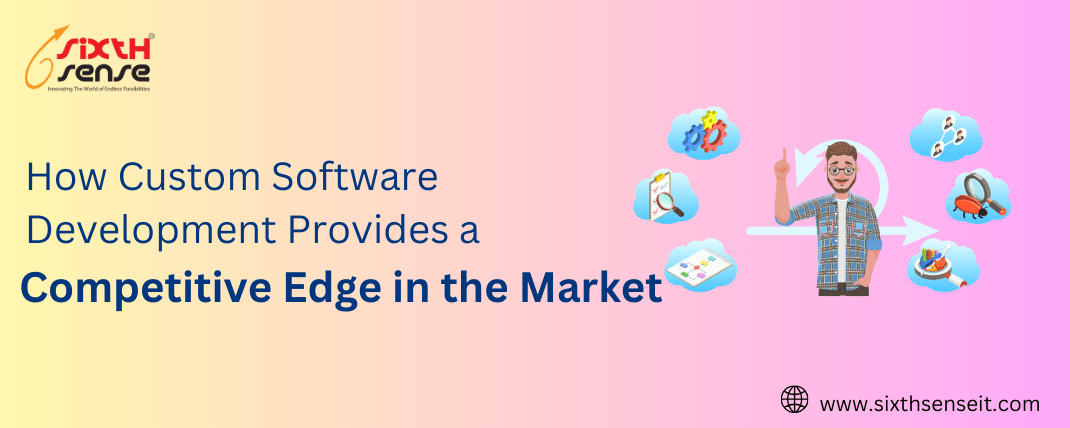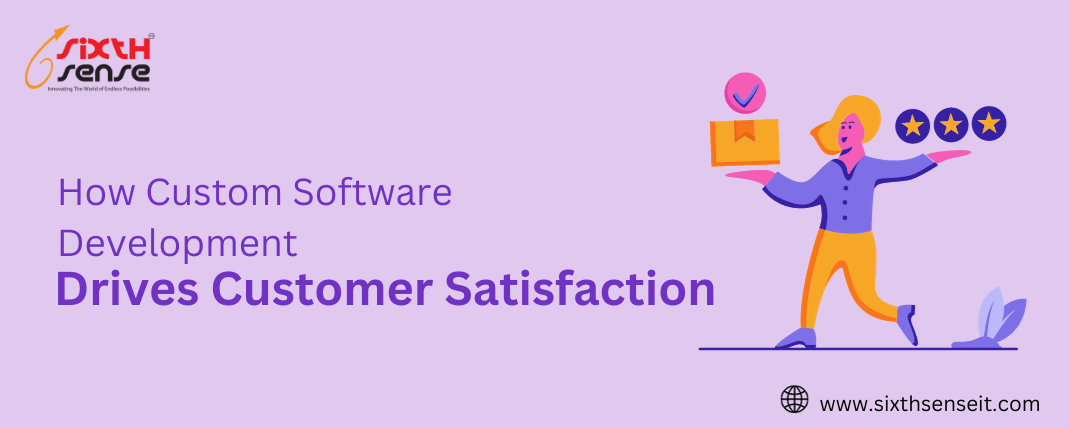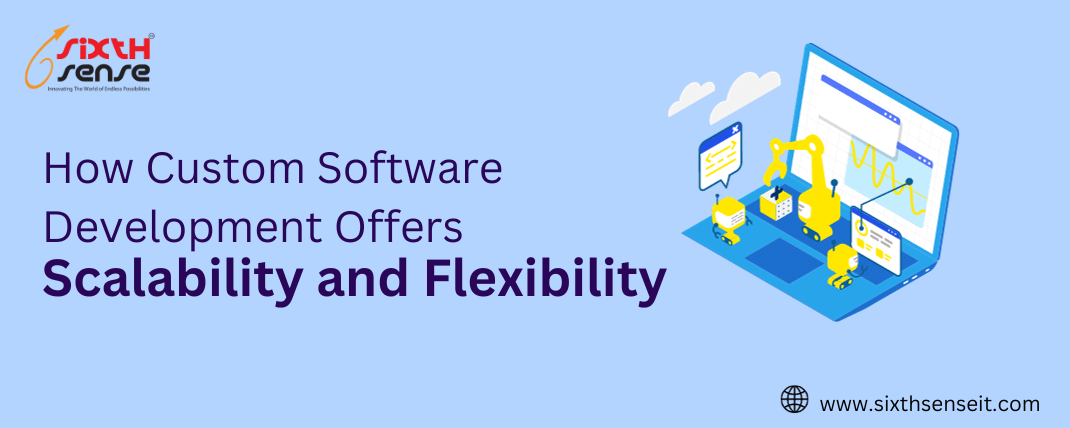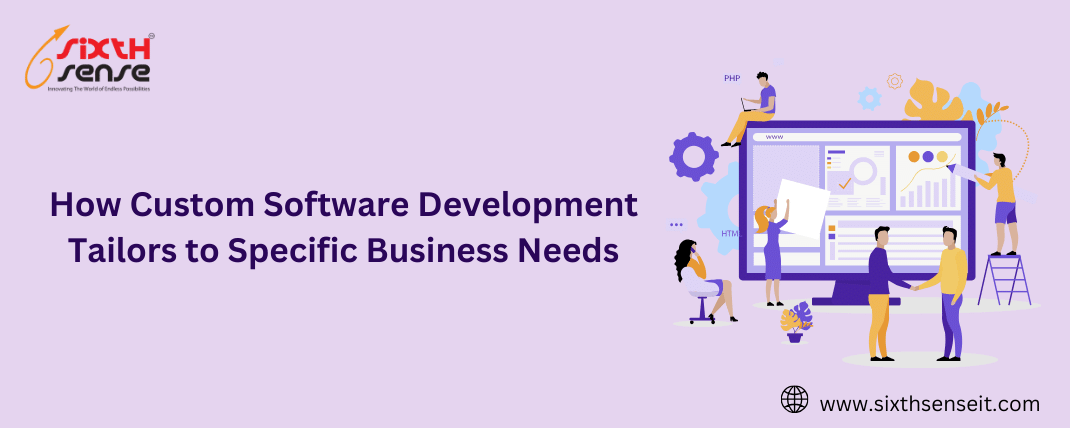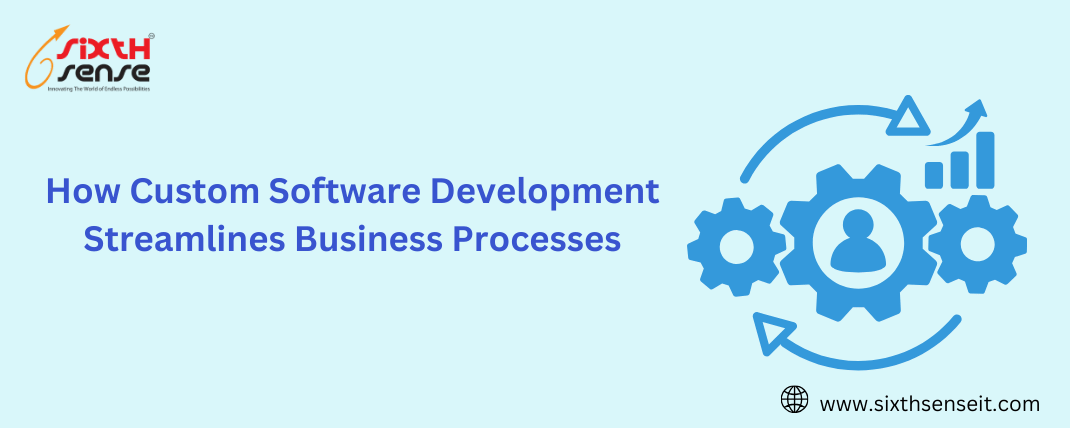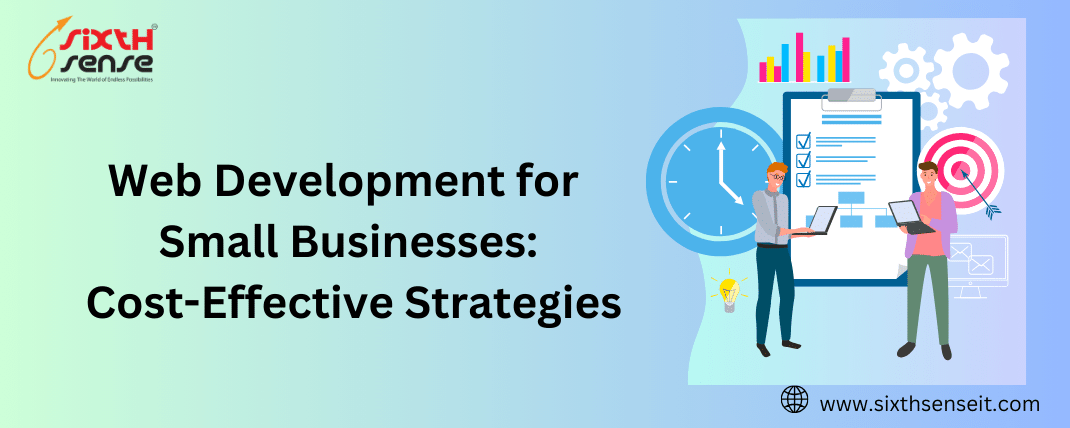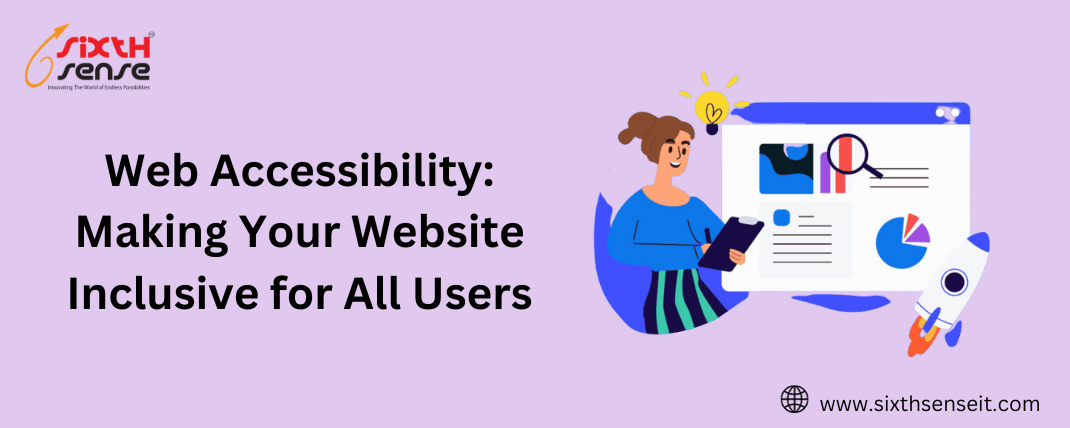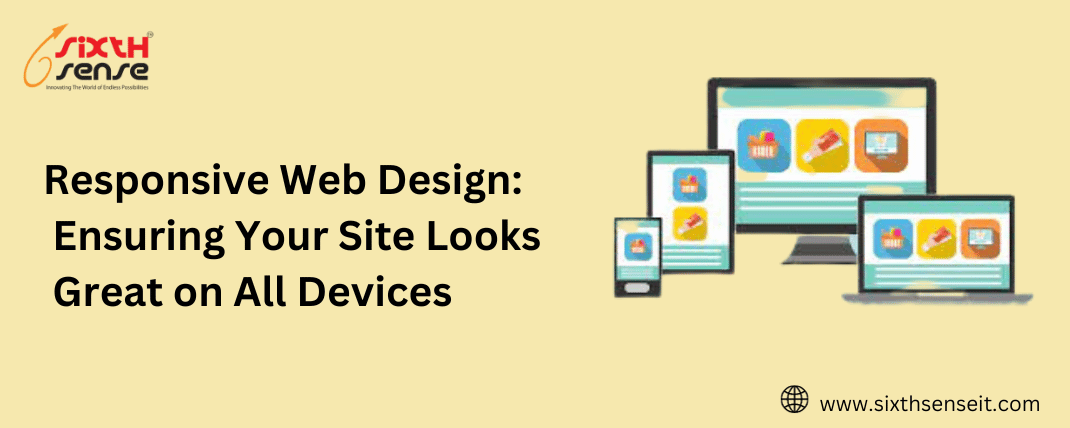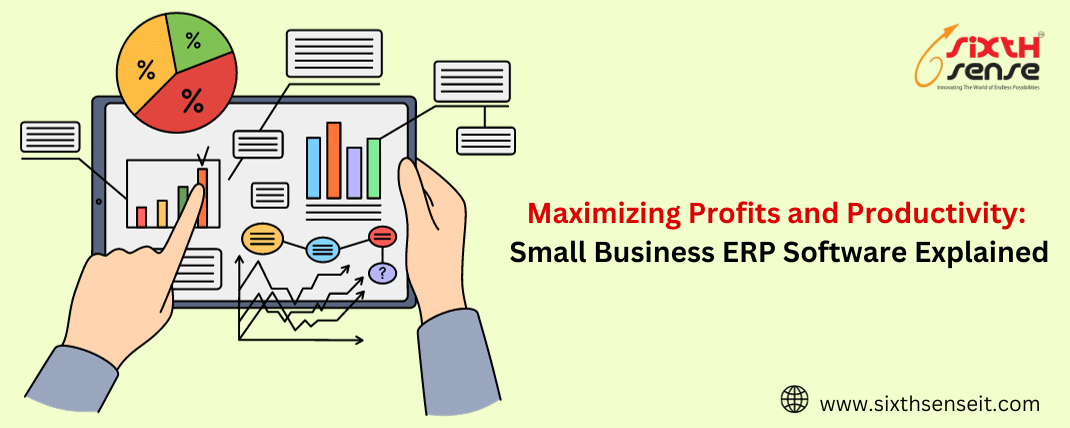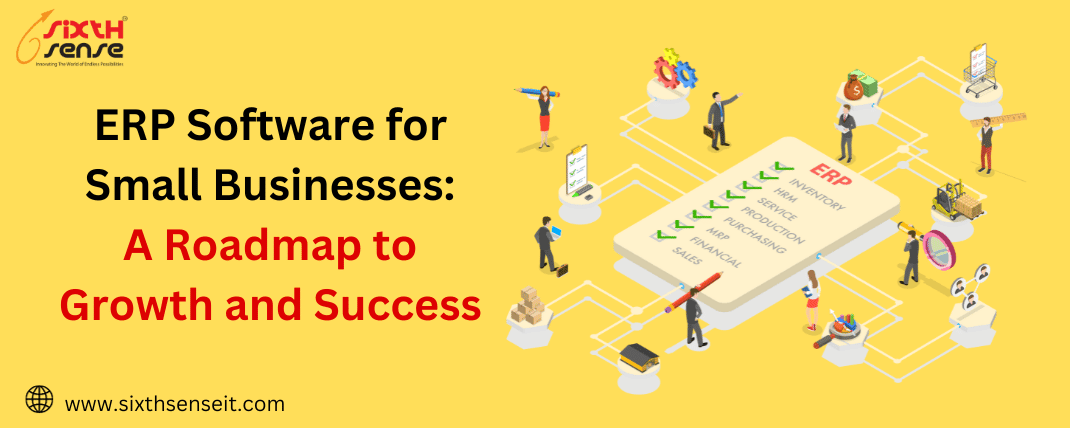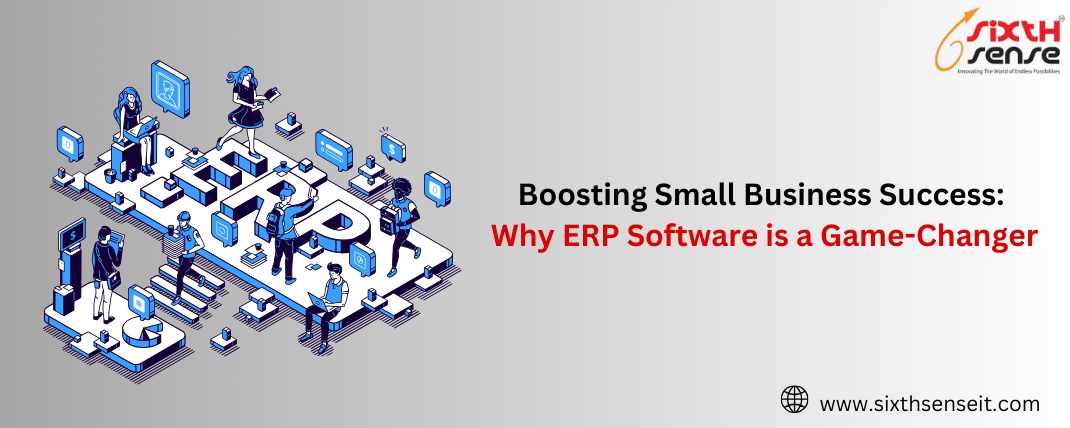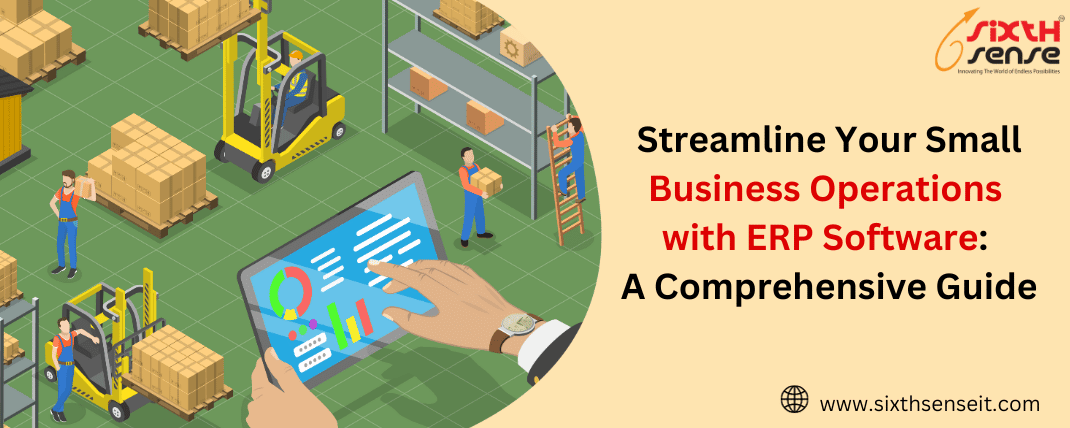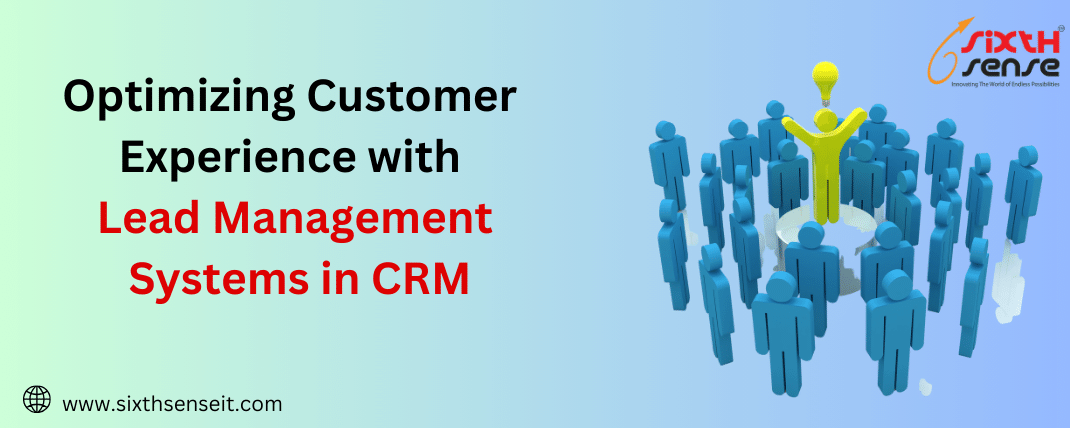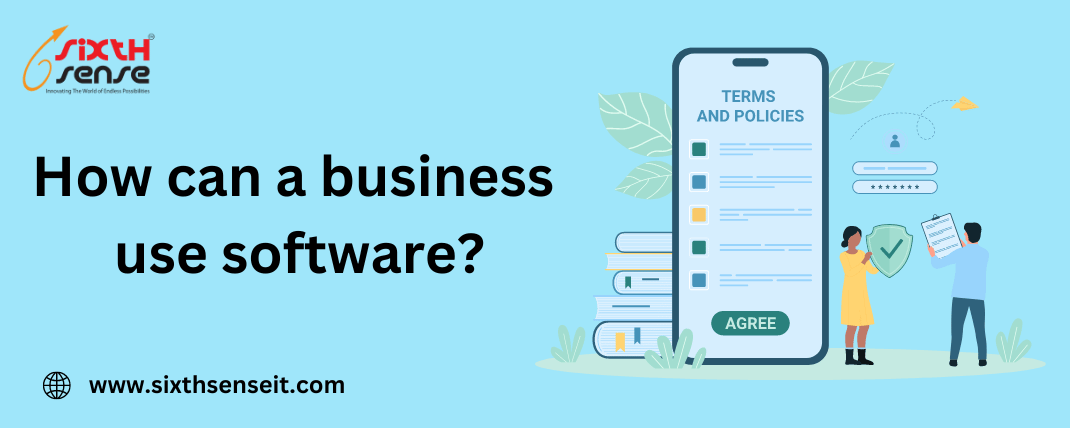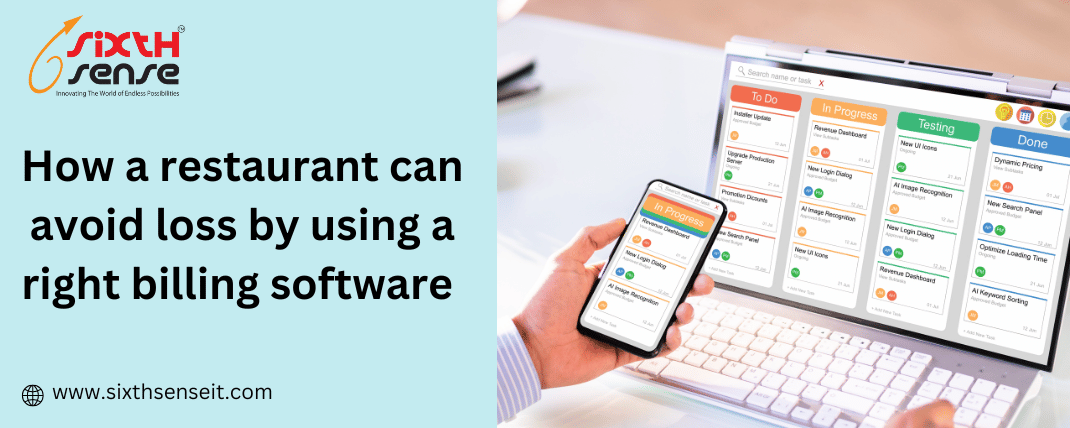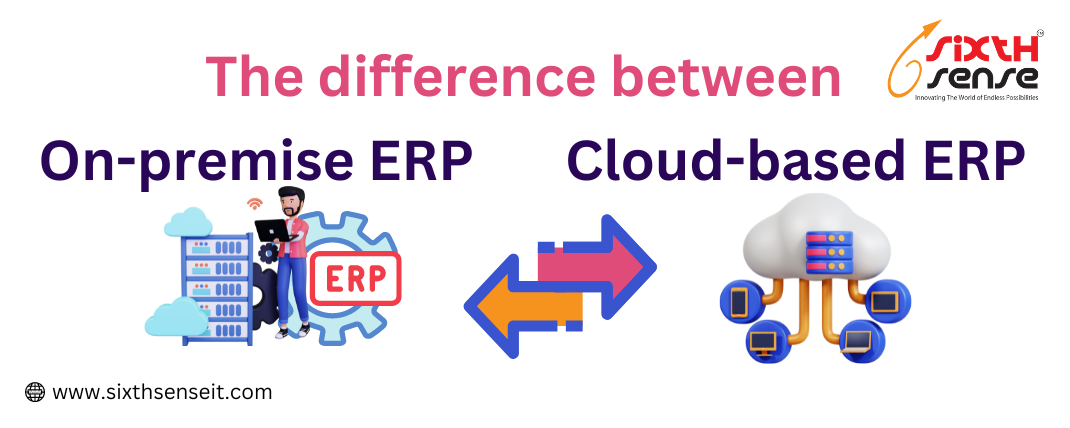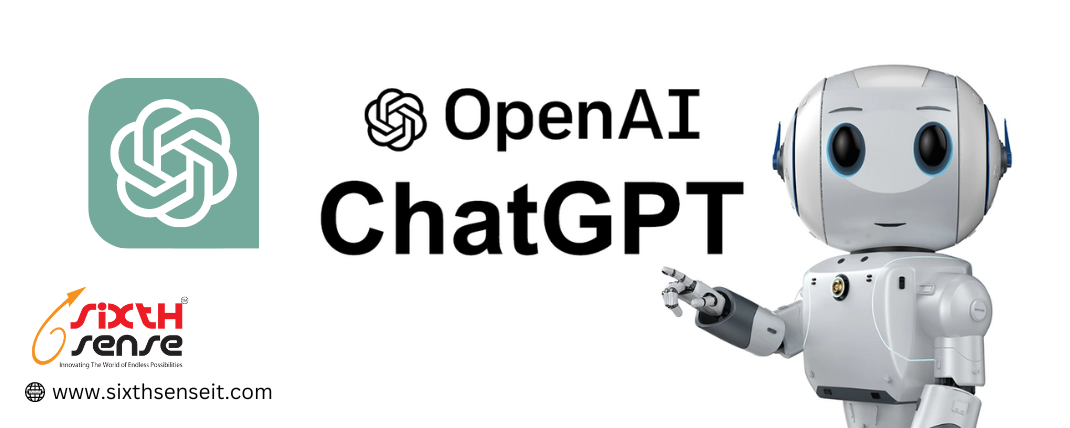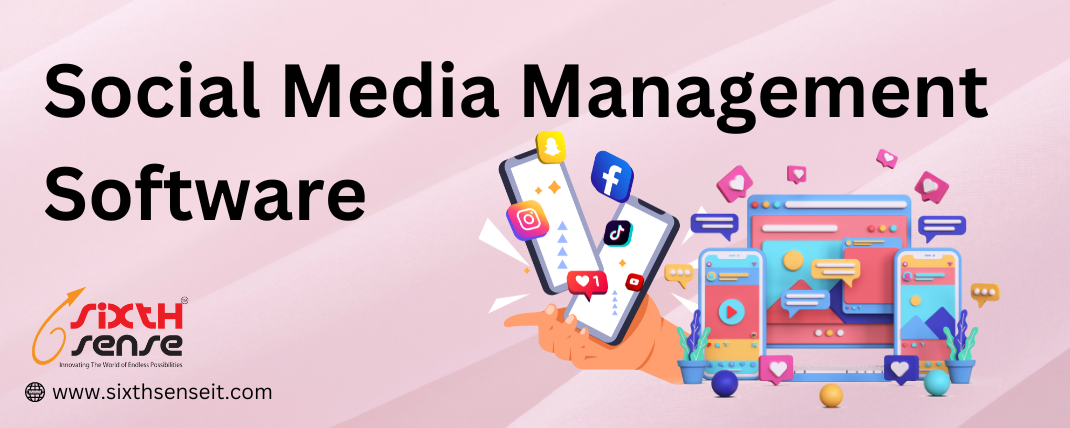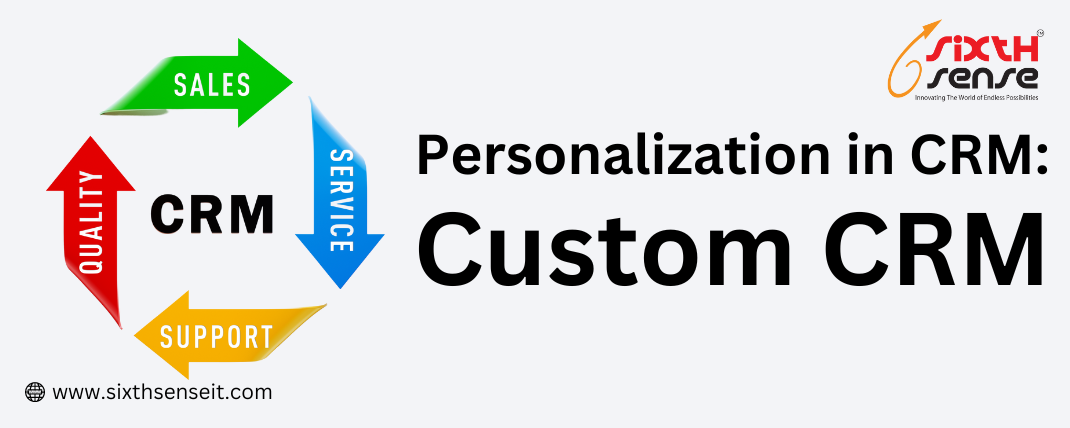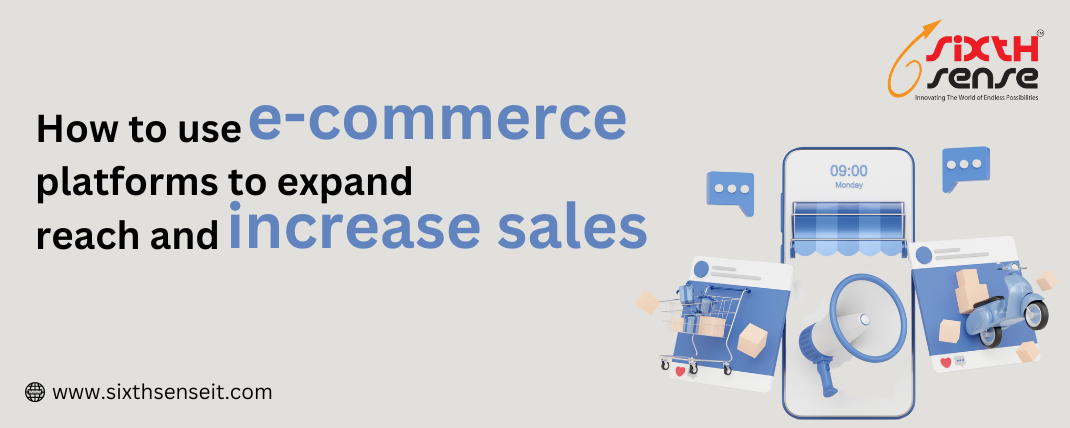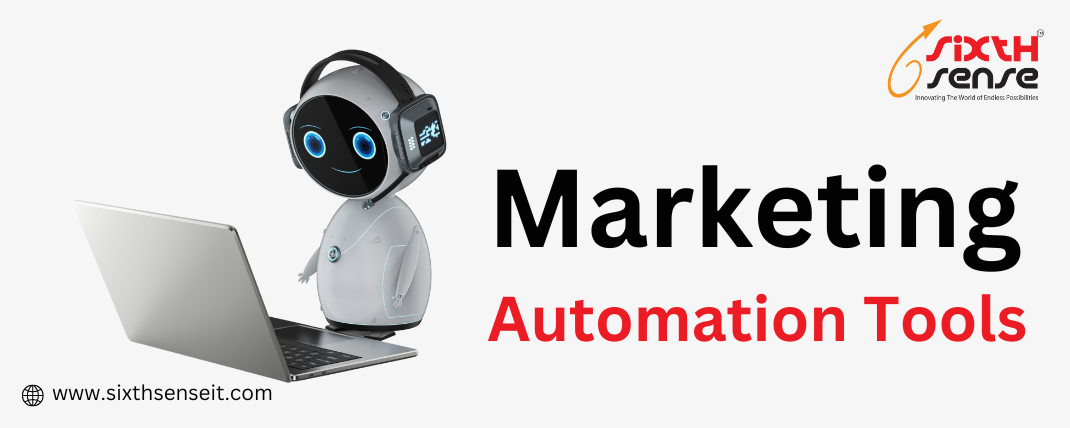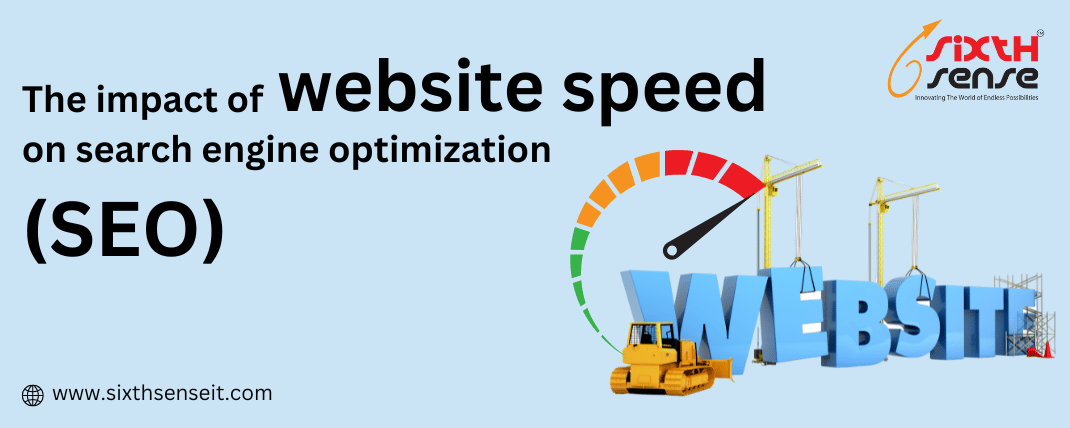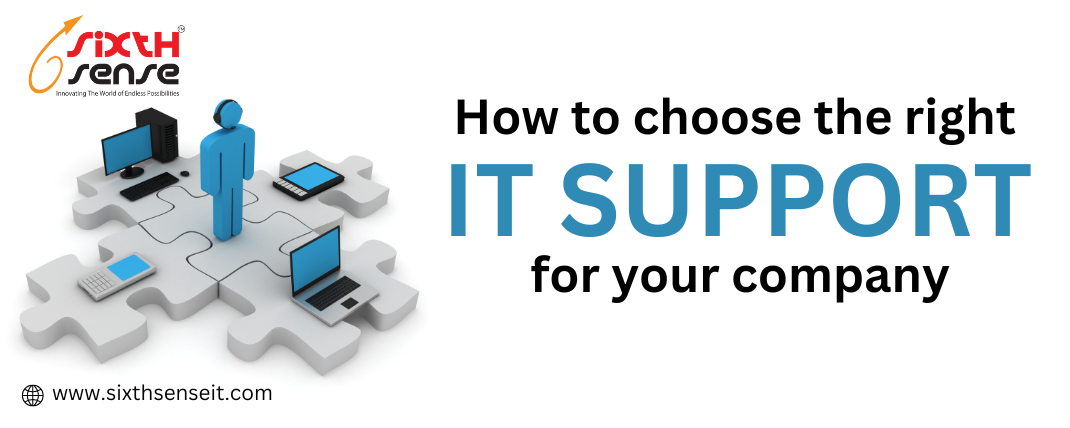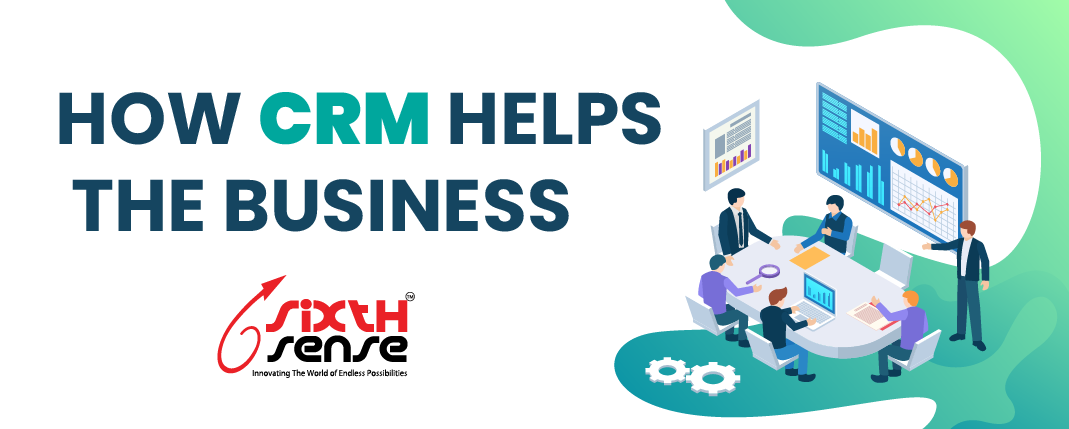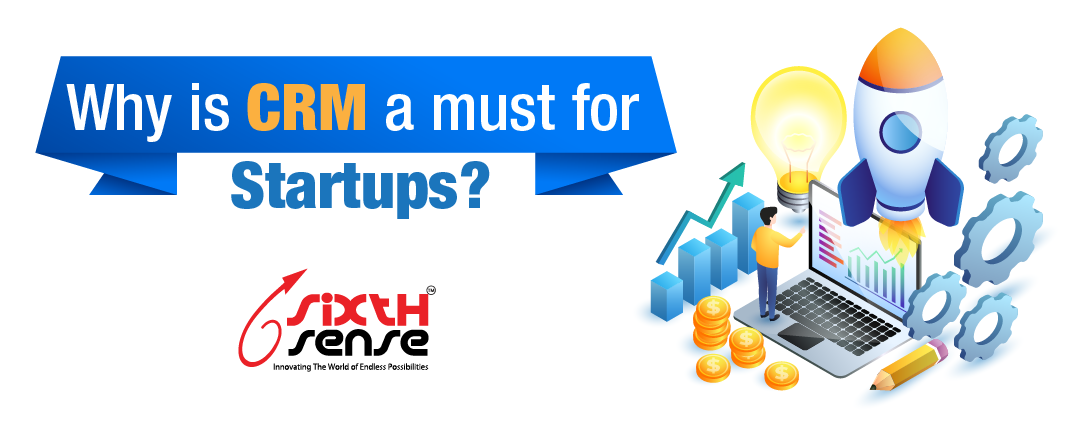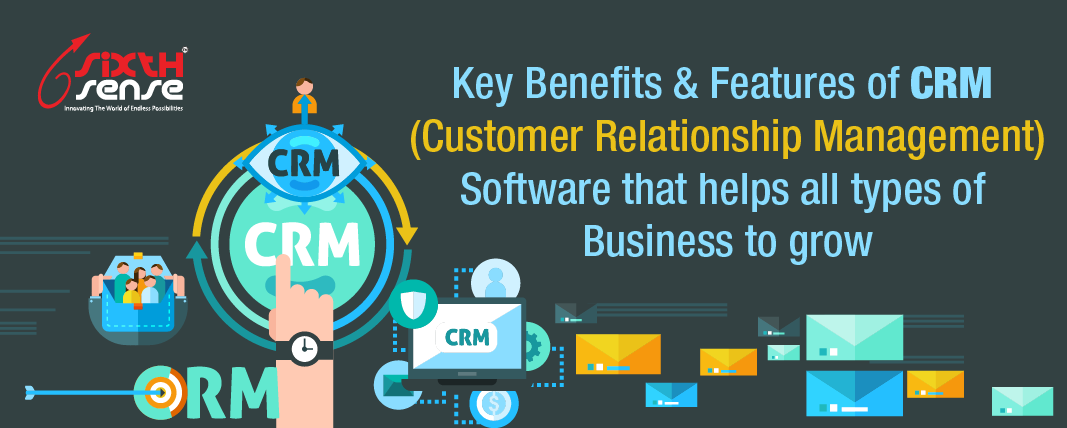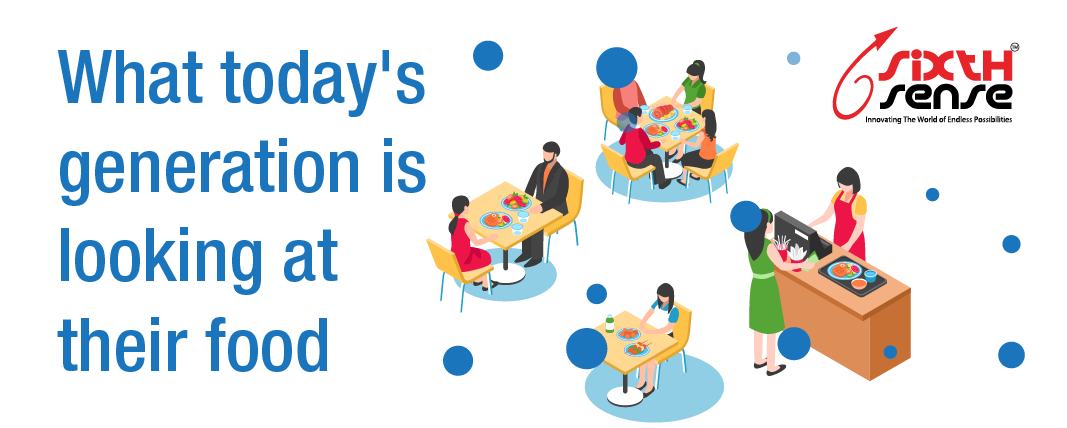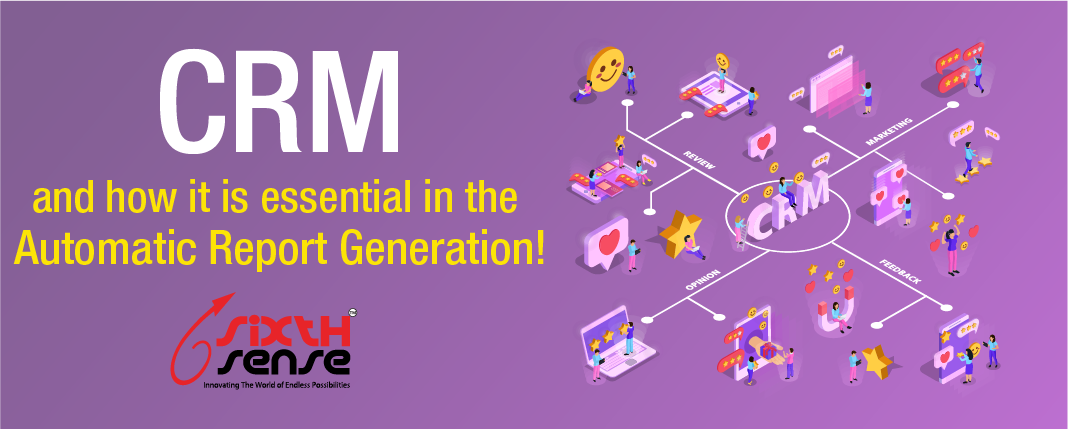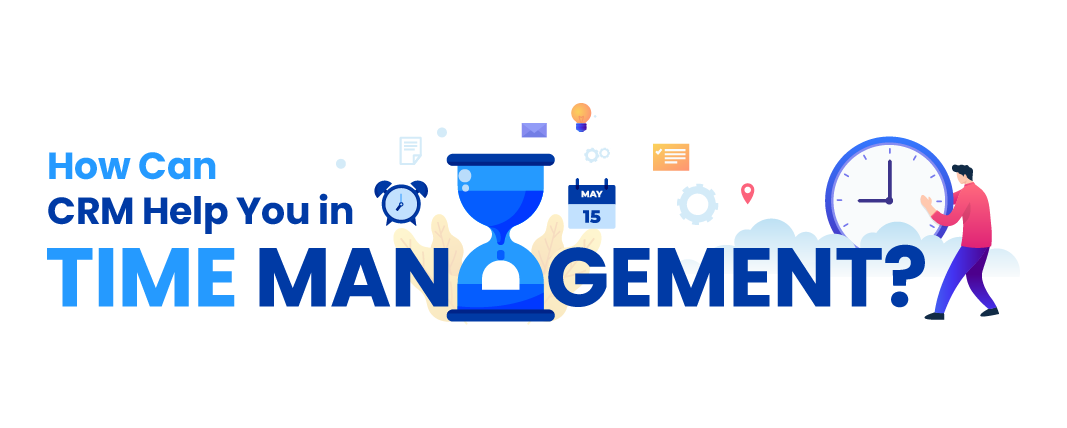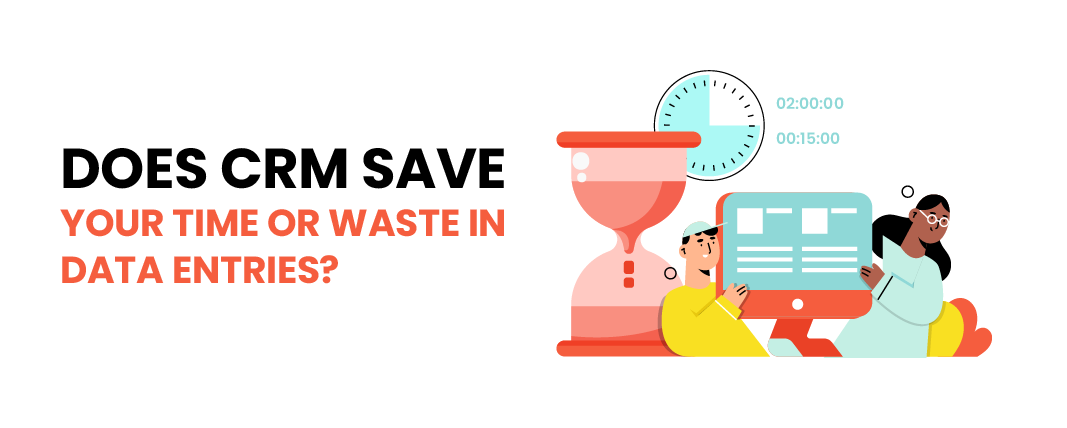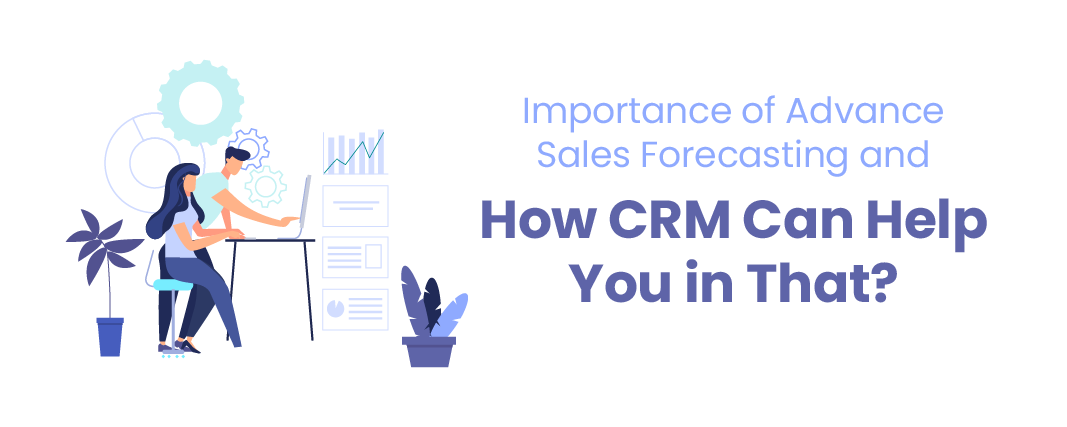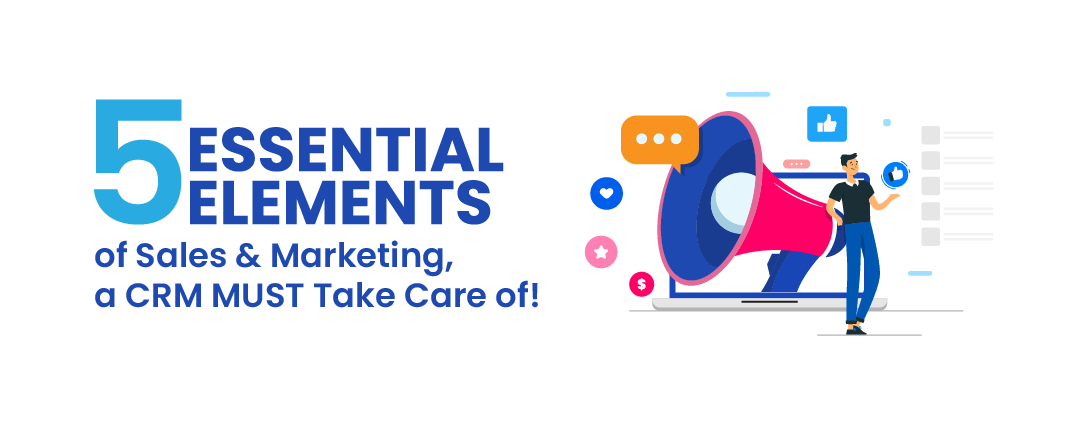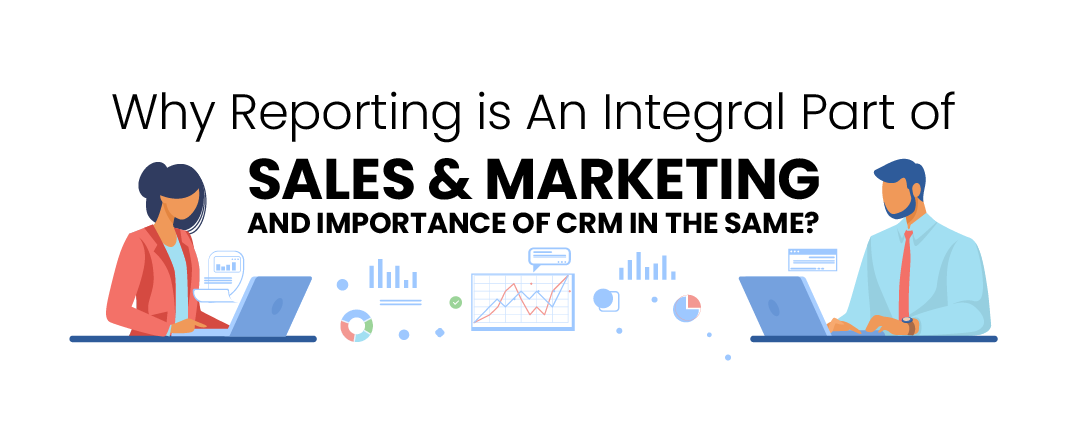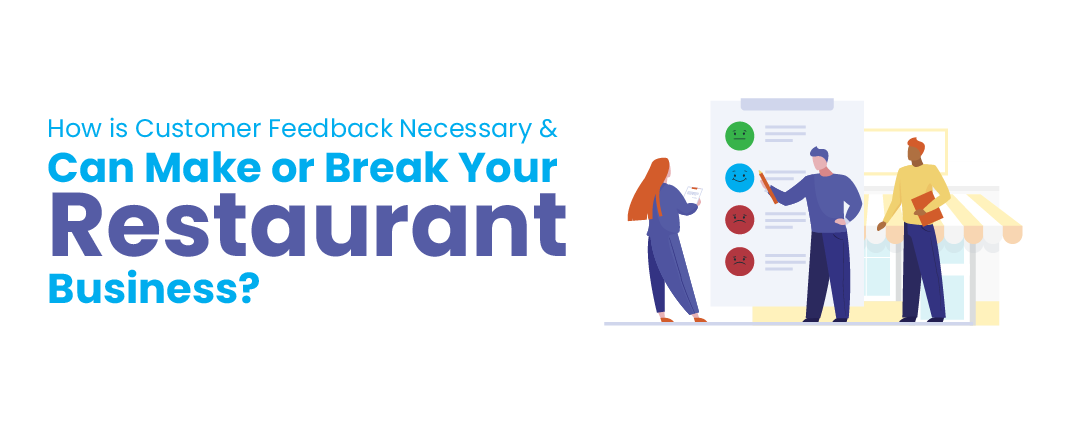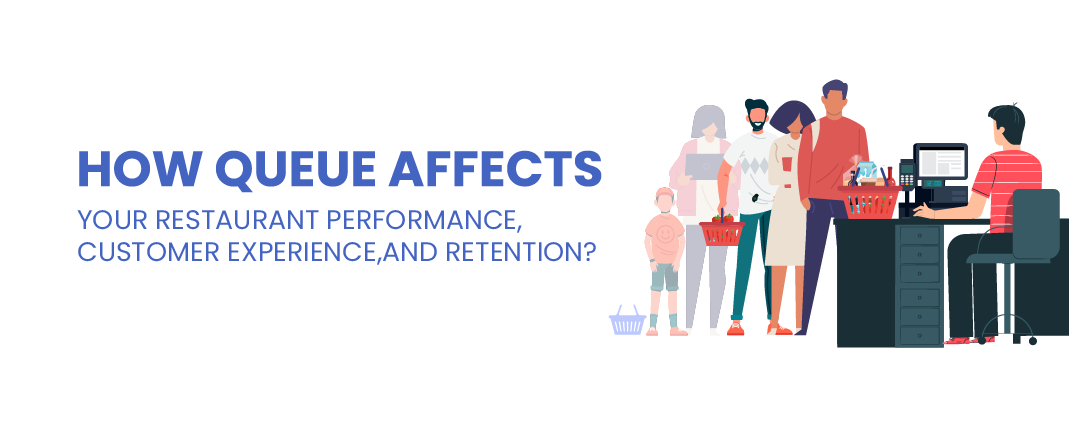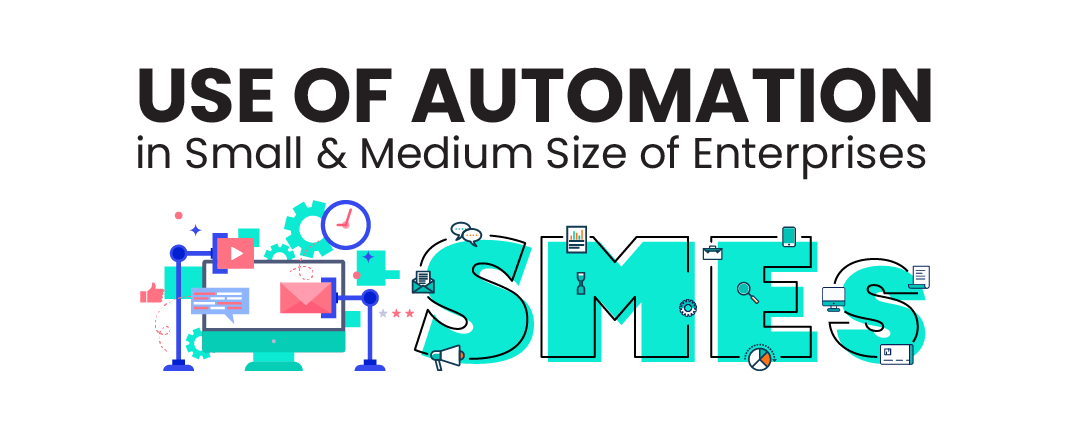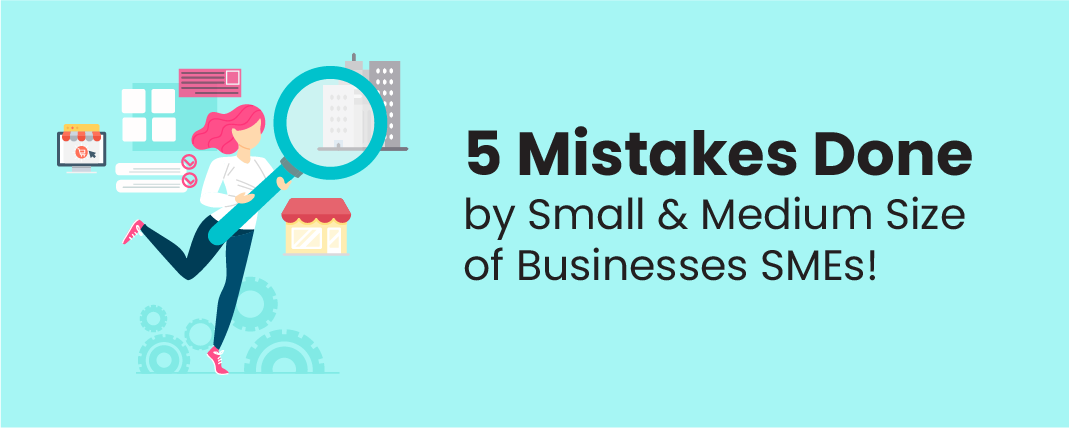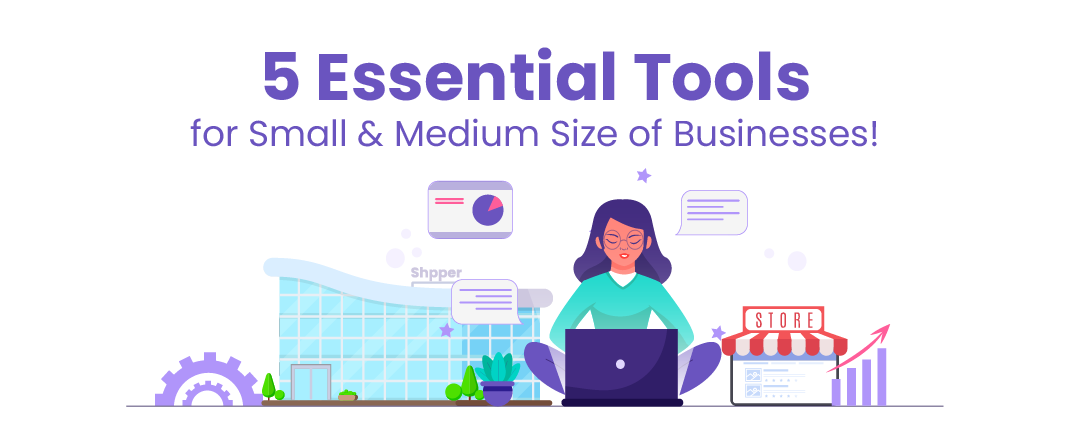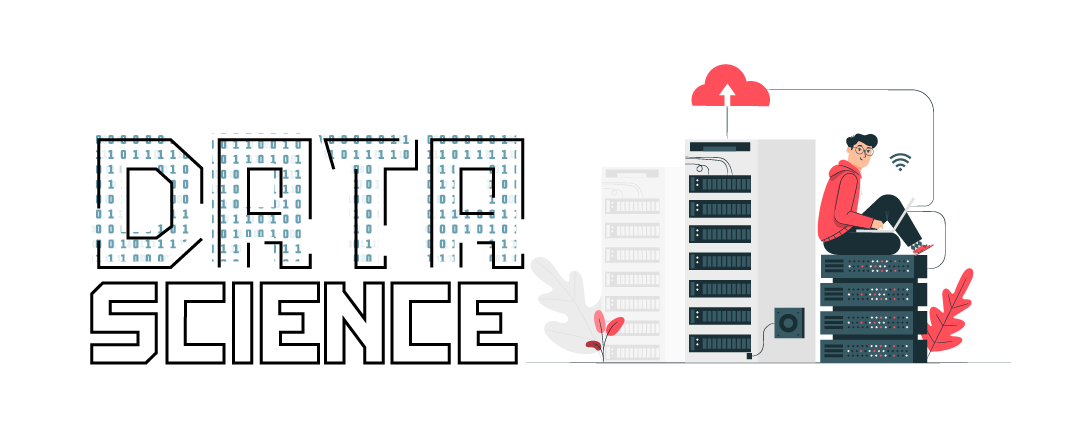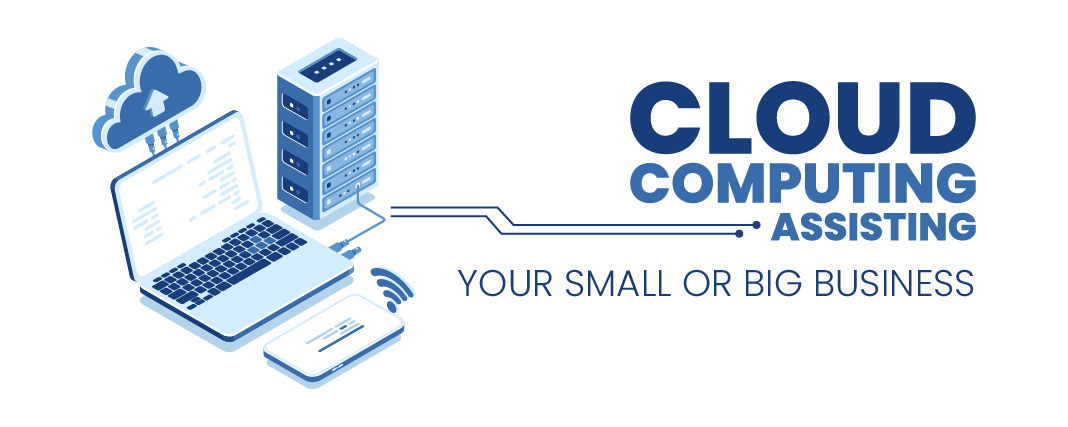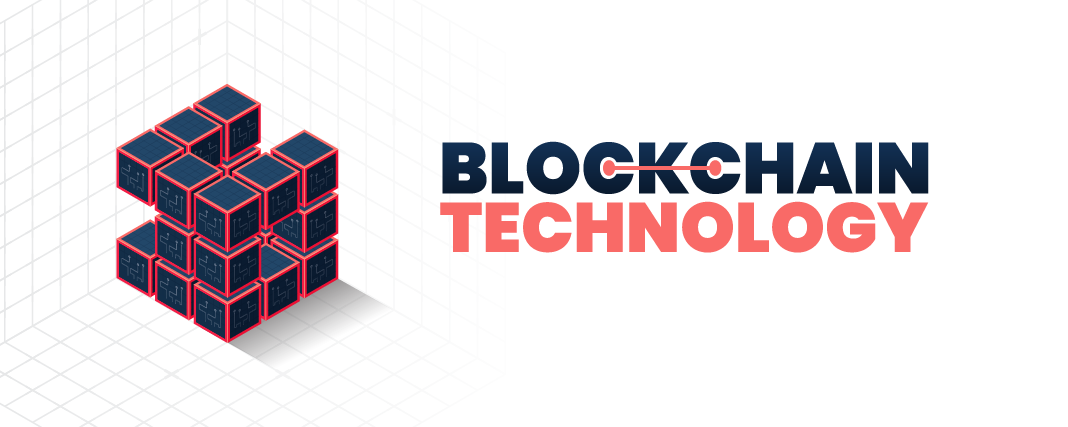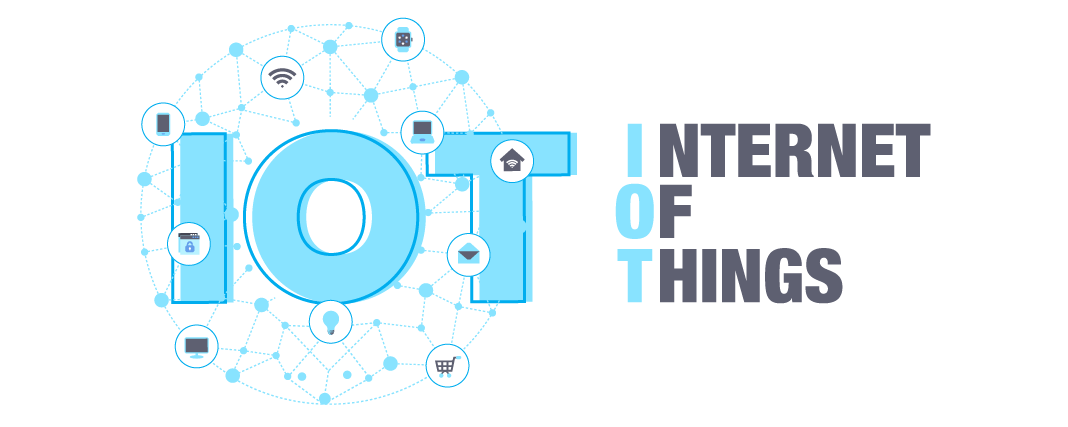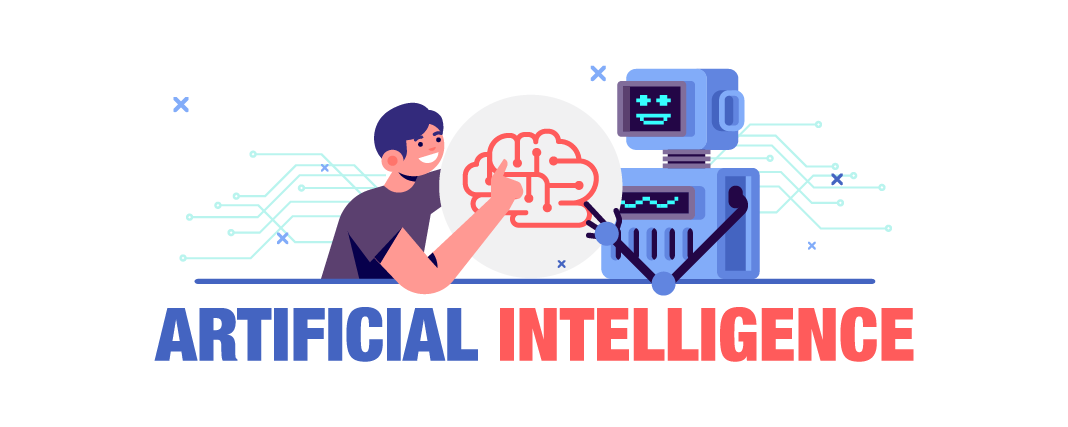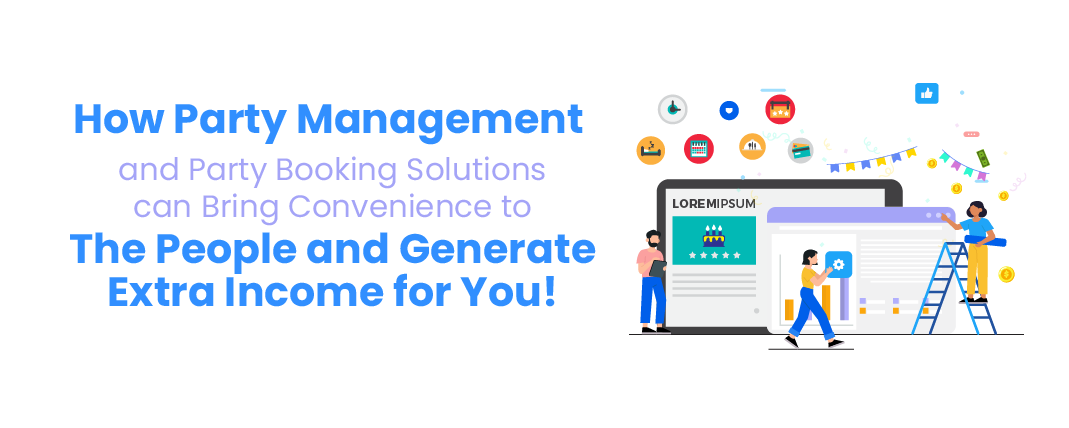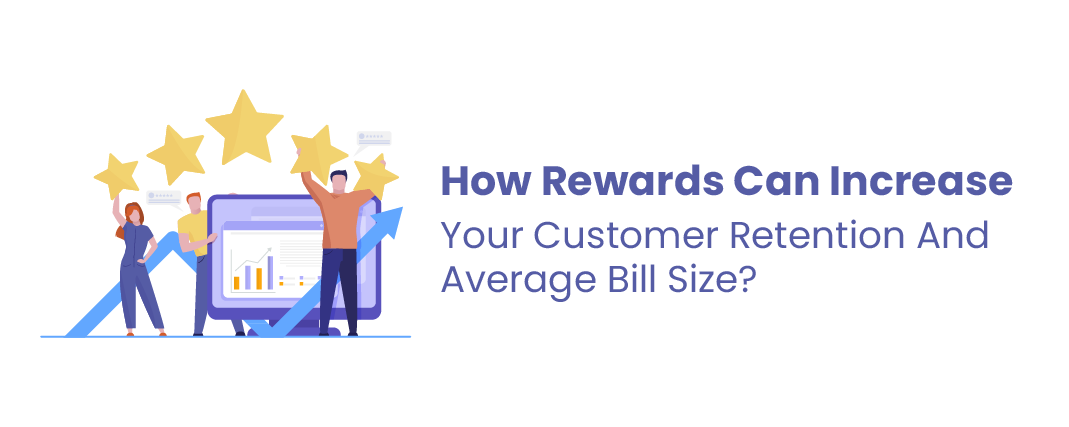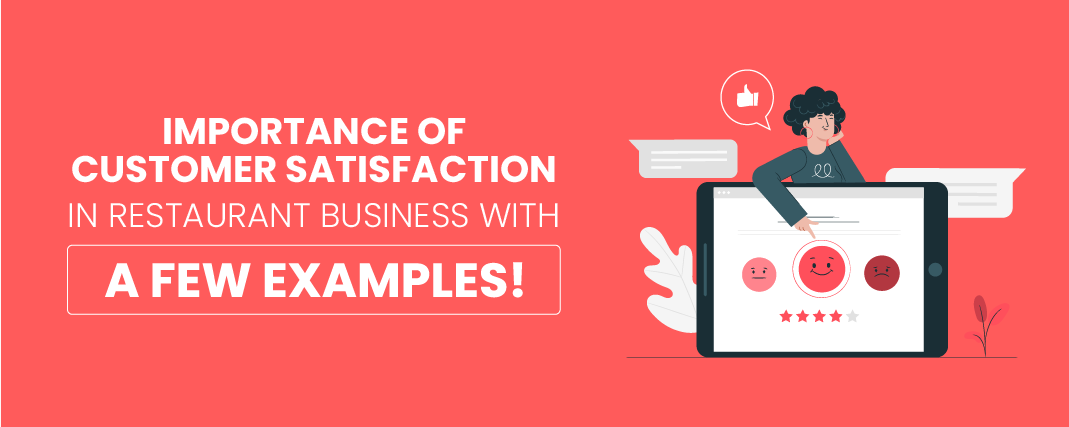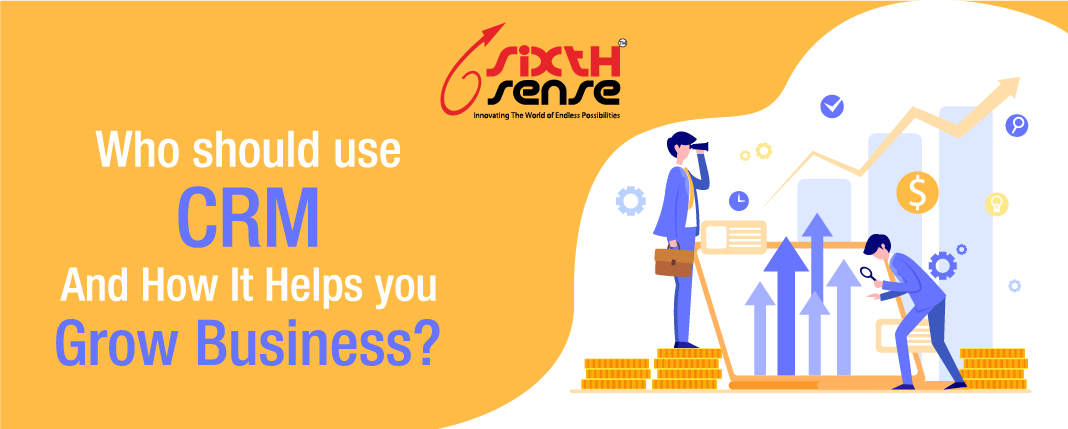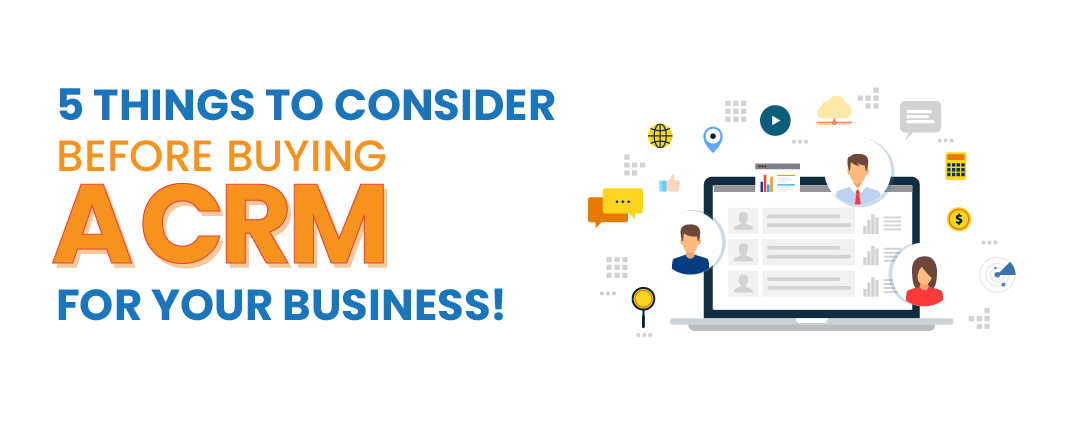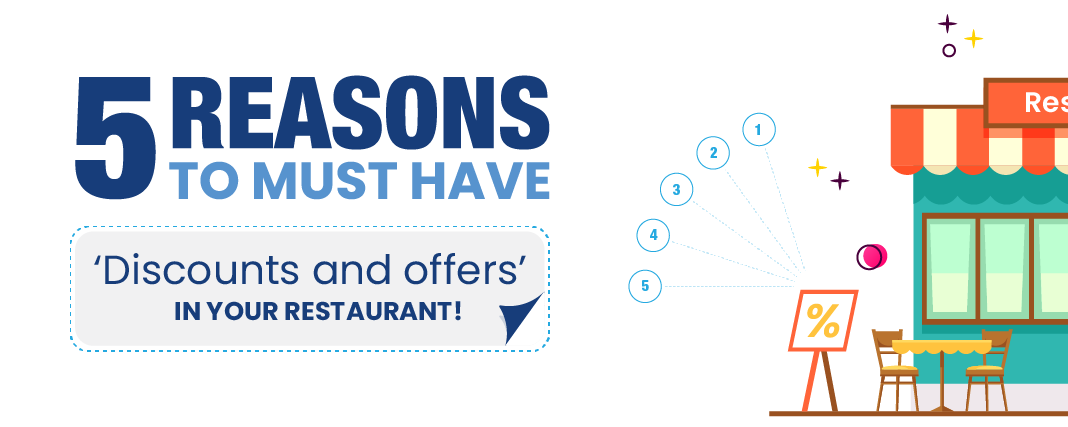
The Rise of AI in the Workplace: Exploring the Future of Artificial Intelligence in Business Operations
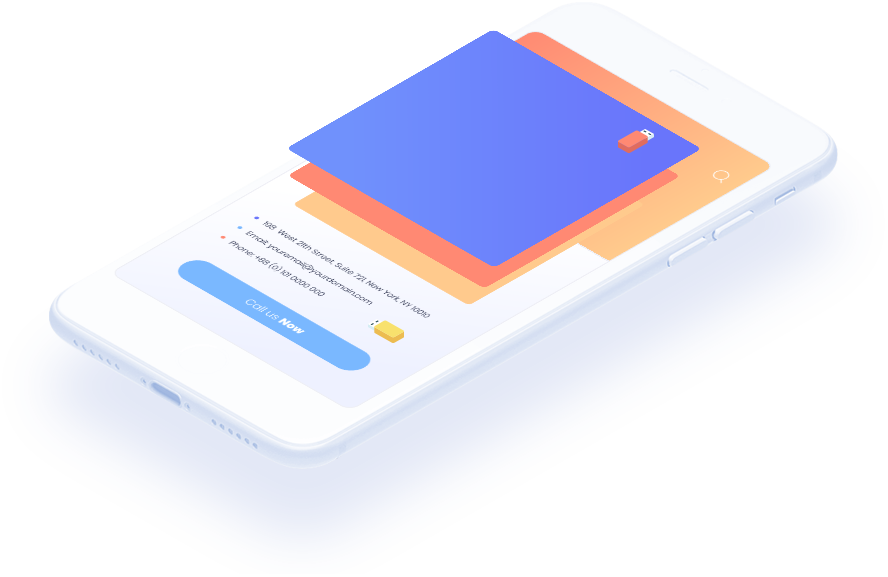
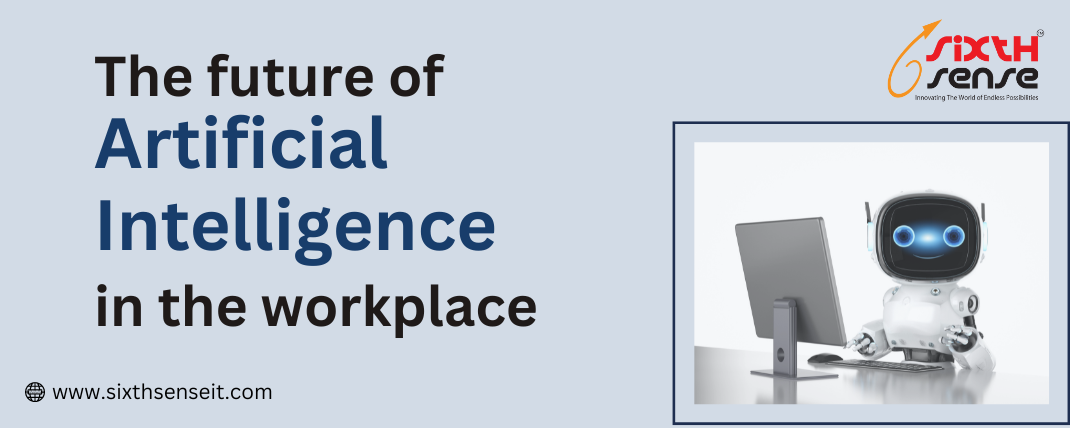
Artificial Intelligence (AI) refers to the simulation of human intelligence in machines that are programmed to think and learn like humans. AI technology is designed to mimic human cognitive functions such as perception, reasoning, and decision-making. The goal of AI is to create machines that can perform tasks that would typically require human intelligence, such as recognizing speech, identifying patterns, and making predictions.
There are several different types of AI, including rule-based systems, expert systems, and machine learning. Rule-based systems use a set of pre-defined rules to perform a specific task. Expert systems are designed to mimic the decision-making capabilities of a human expert in a specific field. Machine learning, on the other hand, uses algorithms and statistical models to enable a system to improve its performance over time by learning from data. This type of AI is particularly powerful as it allows the system to adapt and improve its performance without the need for human intervention. Machine learning is a subset of AI which is currently the most popular and widely used in various applications.
AI has the potential to revolutionize many industries, from healthcare and finance to transportation and manufacturing. For example, in healthcare, AI can analyze medical data to make predictions about patient outcomes, which can help to improve diagnosis and treatment. In finance, AI can be used to identify fraud and analyze financial data to make investment decisions. In transportation, AI can be used to optimize routes and reduce delivery times. In manufacturing, AI can be used to optimize production processes, improve quality control, and reduce costs.
There are several reasons why AI is needed in the workplace:
AI can automate repetitive and mundane tasks, freeing up employees to focus on more complex and creative work. This can lead to increased efficiency and productivity for companies.
AI can analyze large amounts of data and identify patterns and insights that humans might miss, leading to more accurate and informed decision-making.
AI can help companies to reduce costs by automating tasks and optimizing processes.
AI can help companies to provide personalized service to customers and improve their overall experience with the brand. AI-powered chatbots and virtual assistants can handle routine customer queries, leaving human representatives to focus on more complex issues.
AI can be used to predict when equipment is likely to fail, allowing companies to schedule maintenance before a breakdown occurs. This can help to reduce downtime and improve overall equipment reliability.
AI can help companies to develop new products and services, and also improve existing ones. AI can help to identify new market opportunities and improve the competitiveness of a company.
AI can be used to improve the safety of employees and customers in the workplace by monitoring for potential hazards and alerting workers to potential risks.
Overall, AI can bring a lot of benefits to the workplace, from increased efficiency and productivity to cost savings and improved decision-making. Companies that adopt AI can gain a competitive edge and stay ahead of the curve in an ever-changing business environment.
Artificial intelligence (AI) has been a hot topic in recent years, with many experts predicting that it will revolutionize the way we live and work. In the workplace, AI has the potential to automate repetitive tasks, increase efficiency, and improve decision-making. In this blog post, we will explore the future of AI in the workplace and how it is likely to impact different industries.
One of the most significant ways in which AI is likely to impact the workplace is through automation. Many jobs that involve repetitive tasks, such as data entry, can be automated using AI. This will free up employees to focus on more complex and creative tasks, increasing productivity and efficiency. Additionally, AI can help to identify patterns and insights in data that humans might miss, leading to more accurate and efficient decision-making.
Another key area where AI is likely to have an impact is in customer service. Chatbots and virtual assistants powered by AI can handle routine customer queries, leaving human representatives to focus on more complex issues. This can lead to improved customer satisfaction, as well as cost savings for companies.
AI will also play a significant role in the manufacturing sector. The use of robots and other automated systems in manufacturing has been on the rise for several years, and this trend is likely to continue. AI can help to optimize manufacturing processes, reduce costs and improve quality. This will lead to more efficient and cost-effective production, which will benefit both companies and consumers.
The healthcare industry is another sector that is expected to see significant growth in the use of AI. AI can help to analyze medical data and make predictions about patient outcomes, which can help to improve diagnosis and treatment. Additionally, AI can help to identify potential outbreaks of infectious diseases and predict the spread of epidemics.
In the logistics and transportation industries, AI has the potential to optimize routes and reduce delivery times. This can lead to improved efficiency and cost savings for companies, as well as a better experience for customers.
AI is also likely to have an impact on the way we work. For example, AI-powered virtual assistants can help employees to manage their schedules, prioritize tasks and organize their work. Additionally, AI can help to improve collaboration and communication within teams, making it easier for employees to work together and share information.
However, there are also concerns about the impact of AI on the workforce. As AI becomes more prevalent in the workplace, it is likely that some jobs will be replaced by automation. This could lead to job losses and economic disruption, and it is important for governments and companies to address this issue by investing in training programs and other initiatives to help workers adapt to the new economy.
In conclusion, AI is likely to have a significant impact on the workplace in the coming years. It has the potential to automate repetitive tasks, improve decision-making, and increase efficiency. However, it is important to consider the potential negative impacts on the workforce, and to invest in training programs and other initiatives to help workers adapt to the new economy. The future of AI in the workplace is exciting, and we can expect to see more and more companies and industries to adopt it as a way to optimize their processes and activities.
There are several types of AI that are commonly used in the workplace:
These are based on a set of pre-defined rules and are used to perform specific tasks. Examples of rule-based systems include chatbots and virtual assistants that respond to customer queries.
These are designed to mimic the decision-making capabilities of a human expert in a specific field. Examples of expert systems include medical diagnosis systems and financial analysis systems.
These use algorithms and statistical models to enable a system to improve its performance over time by learning from data. Examples of machine learning in the workplace include predictive maintenance systems and natural language processing systems.
This type of AI is used to enable machines to interpret and understand visual information from the world, such as images and videos. Computer vision systems are widely used in industries such as manufacturing, retail and logistics.
This type of AI is used to automate repetitive, rule-based tasks that are typically performed by humans. Examples include data entry and invoice processing.
This type of AI is a subset of machine learning that uses neural networks to model and solve complex problems. It's widely used in computer vision, natural language processing, and speech recognition.
This type of AI is used to generate new data such as images, videos, music, and text. This technology is used in industries such as gaming, film, and advertising.
These are just a few examples of the types of AI that are commonly used in the workplace. As technology continues to evolve, new types of AI will likely be developed and used in a variety of industries.
